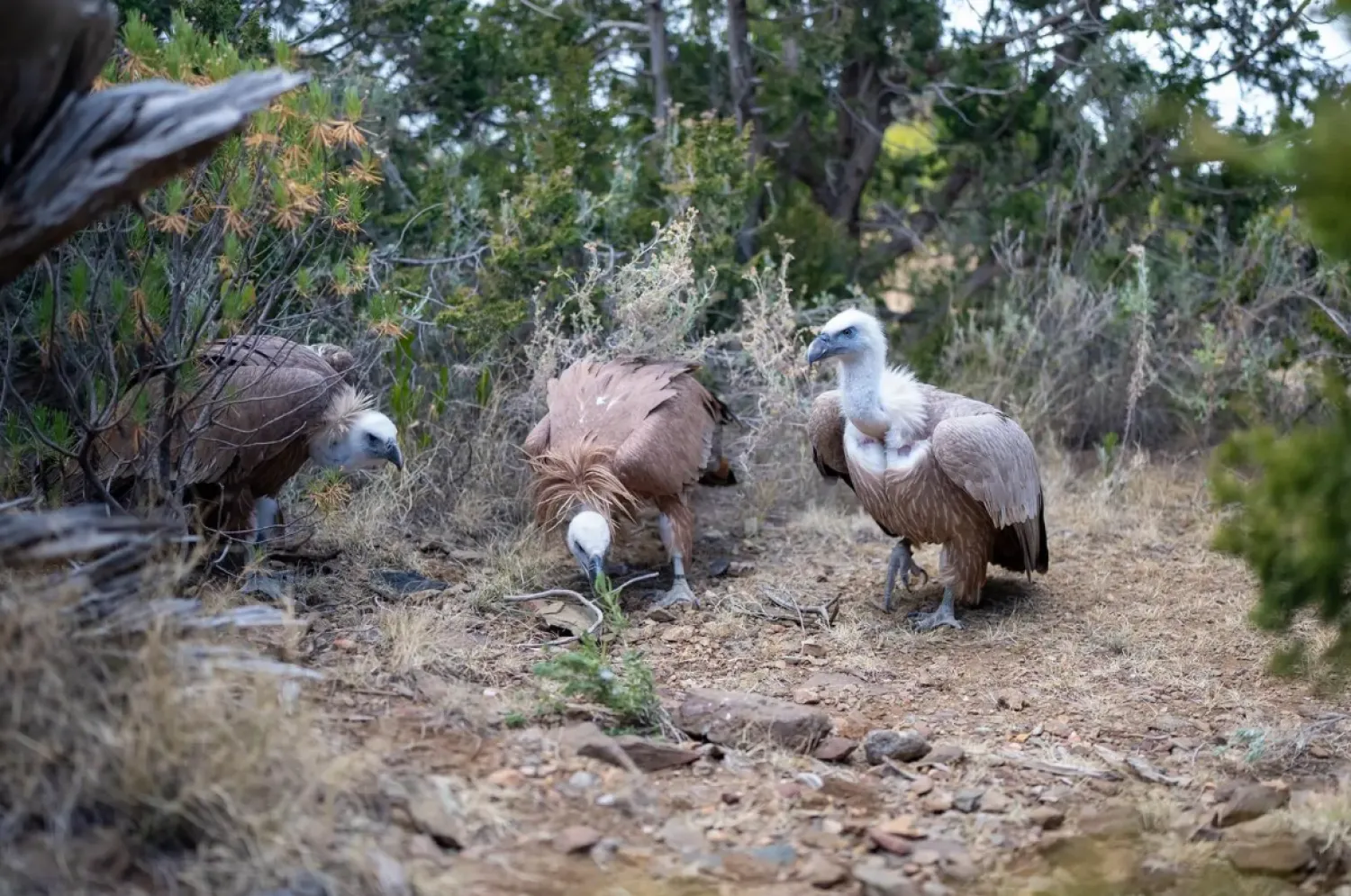More than 850 million young people, or nearly half the world's student population, are barred from their school and university grounds because of the coronavirus pandemic, UNESCO said Wednesday.
Calling it an "unprecedented challenge" for education, UNESCO said schools had been closed in 102 countries, with partial closures in 11 more -- and there would be more closures.
"Over 850 million children and youth -- roughly half of the world's student population -- had to stay away from schools and universities," the UN educational organization said in a statement.
"This represents more than a doubling in four days in the number of learners prohibited from going to educational institutions," it added, citing figures from late Tuesday.
"The scale and speed of the school and university closures represents an unprecedented challenge for the education sector," it said.
UNESCO said countries worldwide were rushing to fill the void by offering real-time video classes and other high-tech solutions.
Some countries were offering classes over television or radio.
The organization said it was holding regular virtual meetings with education ministers around the world to find the best solutions and determine priorities.
Coronavirus deaths in Europe have exceeded the toll in Asia for the first time, an Agence France Presse tally of official data showed Wednesday.
By 1100 GMT, Europe counted at least 3,421 deaths, compared with 3,384 for Asia, where China was the initial epicenter of a pandemic which has infected more than 194,000 people globally and killed 7,873.
Italy has the most fatalities in Europe with 2,503.









